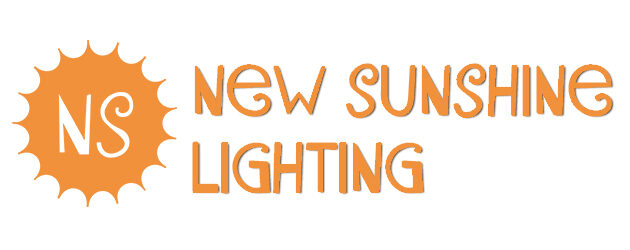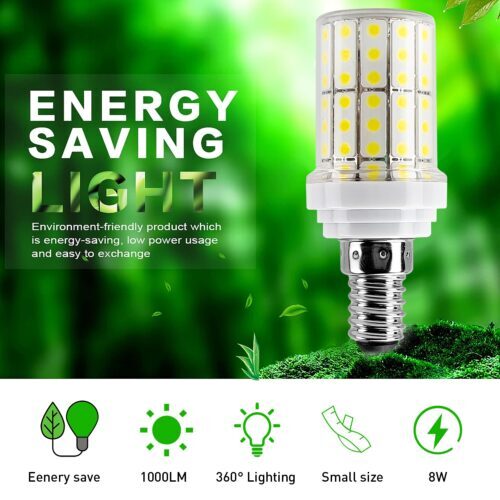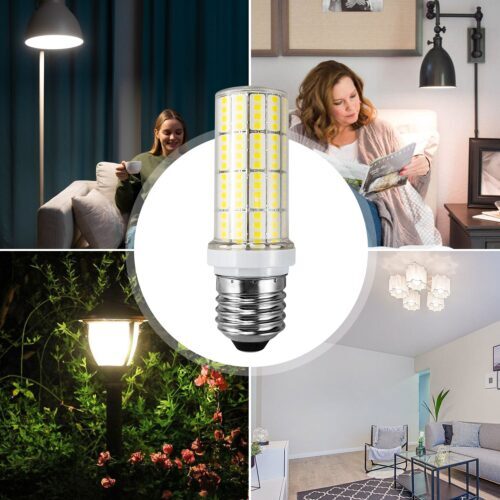Research shows that LED-based phone, tablet and laptop screens won’t damage our eyes, but the glare of car headlights can damage ours. A distinction is made below between acute exposure to high-intensity LED light and “chronic exposure” to low-intensity light sources. Although the risk is low, long-term exposure to this light source also accelerates the aging of retinal tissue, resulting in decreased vision.
LED corn lights:
LED lighting products are durable, energy efficient and inexpensive. It has captured more than half of the lighting market in the past decade. Industry experts predict that the product’s market share will continue to expand, surpassing 60 percent by the end of next year.
LED lights consume about one-fifth the energy consumption of comparable incandescent bulbs and have been widely used for home, street, office and industrial lighting. They are also increasingly found in car headlights, flashlights and some toys.
Ophthalmologist Francine Bihar Cohen says LED phone, tablet and laptop screens won’t damage the eyes. Compared to other types of lighting, they are low in brightness, he explained.
If you stare at the LED light for a long time, the relatively high light intensity of the LED corn lights will stimulate the eyes, cause retinal damage, and affect normal vision. However, if you don’t stare for a long time, the damage to the eyes is usually very small, so don’t worry too much.
As a kind of LED light, the effect is better, but because the light intensity is relatively small, it is not suitable for direct exposure to the eyes for a long time. The tissue used to receive light from the eye is called the retina, usually a 400-meter light source 400nm to 500nm long-term exposure will cause photochemical damage to the retina, damage the eye, and affect normal vision. Just do not remove the diffuser cover during installation or use.
Just be careful not to look directly at the lights in your daily life.



